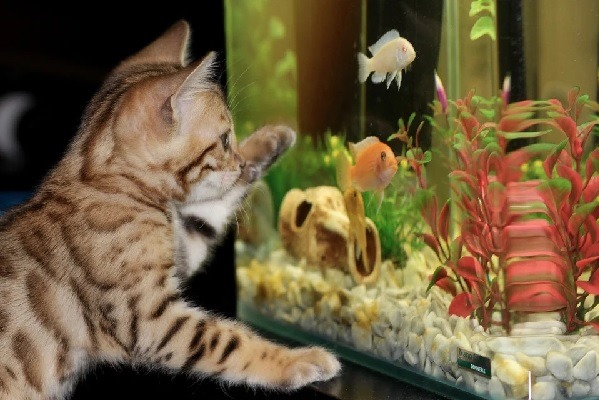Preparing the proper salt mixture for the reefs installed within an aquarium is among the most asked questions within the hobbyist’s community. Looking for the correct mix and salt solution is essential for the health of the reefs. It is a well-known characteristic that reefers live and perish with their daily intake of salt.
What is a Reef Salt Mix?
Reef mineral salts are solutions and mixtures of concentrated minerals and natural resources intended for coral growth’s daily maintenance. The correct preparation of reef salts should be delicate and thorough as it is associated with the elemental balance for fish tank reefs to flourish. The tracing of all the elements found within a reef or coral aquarium is crucial for its water chemistry.
Debating the quality and proper preparation of salt mixtures is hugely debated amongst reefers and aquarium hobbyists. It is widely known among the aquarist community that the best reef salt mix integrates pure salt minerals and essential trace elements, which is vital for the overall health and water conditions of a reefer aquarium. Formulating reef salts is based upon extensive research concerning the biology of most marine and aquatic life and mostly prioritizes reefs development.
The natural reef habitat comprises a well-balanced environment that consists of all the fifty-seven elements that research found to be important for corals and reefs’ lives. The conventional reef aquarium should strike the delicate equilibrium of minerals and trace elements. Its artificial containment is continually evolving under coral growth and diverse atmospheric conditions, and continuous biological processes.
Excellent salt mixes are based upon extensive studies and scientific endeavors undertaken to understand the needs of most marine life forms, such as corals and reefs. Salt minerals and trace elements found in a great mixture are designed and engineered for the adequate carbon dosing for a nutrient-rich artificial tank. Solubility, similar dimensions of mineral particles, and natural elements are few of the criteria involved when preparing a reef salt mixture.
How to Prepare the Best Salt Mix for Invertebrates
Every aquarium requirements and needs are dependent upon the type of reefs and corals that it houses. There are two types of corals to consider when mixing salts for them. These are SPS, which stands for Small Polyp Stony, and LPS for Large Polyp Stony. SPS laden fish tanks require lower alkalinity volumes, while LPS aquariums are known to facilitate high alkalinity mixtures. Another thing to consider is the lives of other invertebrates, which should affect the choice of salt solutions based upon three known criteria:
Calcium
Calcium is considered one of the general ions found in seawater. It is a critical element when maintaining a reef aquarium since it is responsible for the health of most organisms. Calcium levels in natural oceans are affected by salinity. When calcium levels are taken into account in reef tank aquariums, it is an element used by corals and coralline algae.
The element of Calcium is crucial for the invertebrate process known as biomineralization. It is the natural process where corals and invertebrates create their coral skeletons. Calcium is essential for the maintenance of the creation of coral skeleton structures.
Alkalinity
Alkaline measurements are generally known as alkalinity. It combines many elements that provide a specific chemical property used by most aquatic invertebrates, corals, and reefs. Alkalinity is calculated by aquarists based upon its composition of carbonates and bicarbonates, mostly found in natural seawater conditions.
Alkalinity levels are mostly associated with pH levels or the acid levels of the container water chemistry. Alkalinity affects the overall fuel consumption of corals when they manufacture their skeletons. Calcium and Alkalinity levels closely compromise one another when it comes to coral growth and development.
Magnesium
Magnesium is one of the elements that are used to balance a reefer tank. It is the only element that serves as the sole catalyst for unwanted coral growth. The ions found in magnesium are responsible for preventing calcium carbonate crystals from growing coral skeletons. The magnesium ions integrate themselves with the calcium carbonate crystals, which helps in stopping their growth.
Conclusion
Choosing a great mixture of reef salt is a daunting task for many enthusiasts. It is a common debate amongst aquarists and referrer hobbyists. The essential technique in isolating the best option for reef salt mixtures is by determining the amount of Calcium, magnesium, and alkalinity pH levels, which are crucial in the development of corals and reefs.

